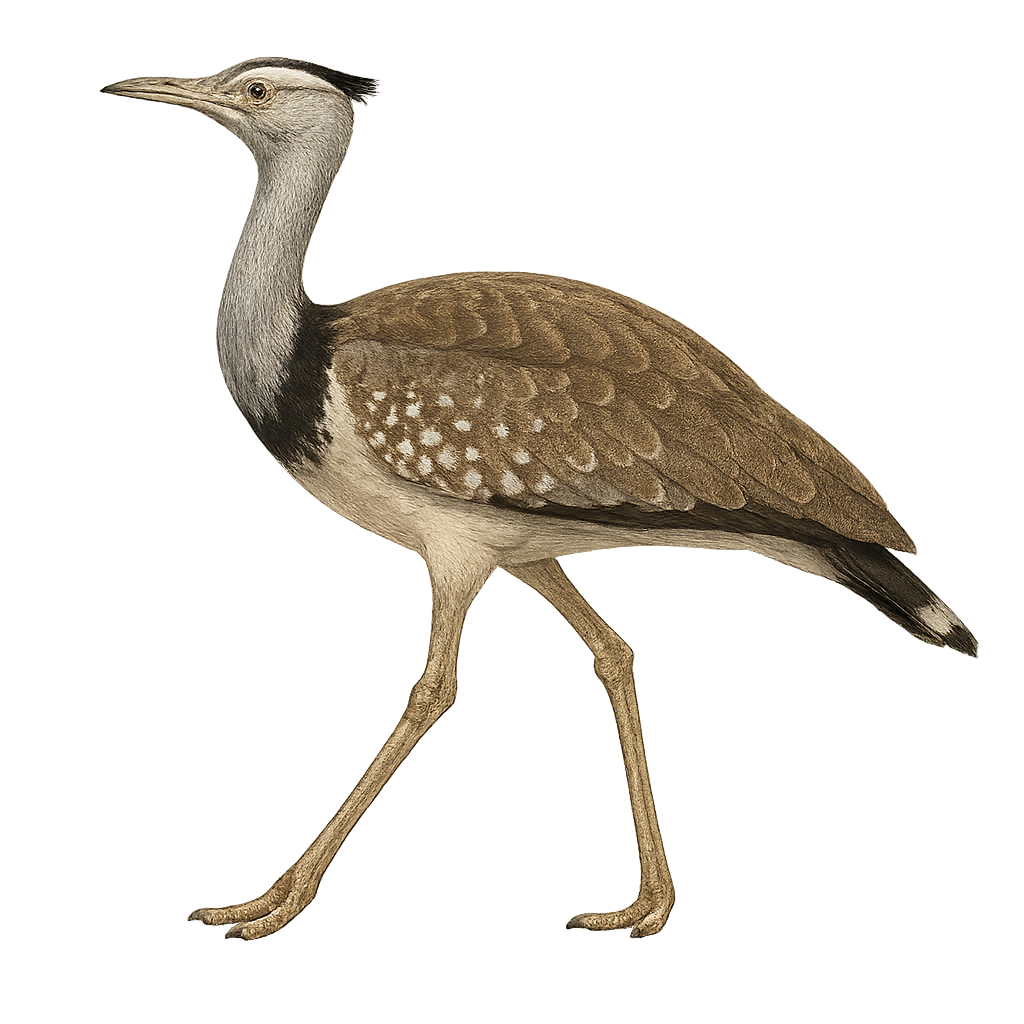Your wildlife photography guide.
Explore the arabian bustard in detail, study its behavior, prepare your shots.
Where to observe and photograph the arabian bustard in the wild
Learn where and when to spot the arabian bustard in the wild, how to identify the species based on distinctive features, and what natural environments it inhabits. The WildlifePhotographer app offers tailored photography tips that reflect the arabian bustard’s behavior, helping you capture better wildlife images. Explore the full species profile for key information including description, habitat, active periods, and approach techniques.
Arabian Bustard
Scientific name: Ardeotis arabs

IUCN Status: Near Threatened
Family: OTIDIDAE
Group: Birds
Sensitivity to human approach: Suspicious
Minimum approach distance: 30 m
Courtship display: December to February
Incubation: 23-25 jours
Hatchings: December to March
Habitat:
Open plains, savannas, semi-deserts
Activity period :
Primarily active during the day, with peak activity in the morning and late afternoon.
Identification and description:
The Arabian Bustard, Ardeotis arabs, is a large terrestrial bird primarily inhabiting the arid and semi-arid regions of North Africa and the Arabian Peninsula. It is recognizable by its brown and white plumage, long neck, and sturdy legs. Males are generally larger than females and can reach an impressive wingspan. This bird prefers open plains and savannas where it feeds mainly on seeds, insects, and small vertebrates. Although capable of flight, the Arabian Bustard spends most of its time on the ground. It is known for its spectacular courtship displays where the male puffs up its feathers to attract the attention of females.
Recommended lens:
400 mm – adjust based on distance, desired framing (portrait or habitat), and approach conditions.
Photography tips:
To photograph the Arabian Bustard, it is advisable to use a telephoto lens of 400mm or more to capture detailed images without disturbing the bird. Since this bird is suspicious, it is important to maintain a safe distance of at least 30 meters. The best photography opportunities occur early in the morning or late in the afternoon when the light is soft and the bird is active. Use a tripod to stabilize your camera and be patient to get quality shots.
The WildlifePhotographer App is coming soon!
Be the first to explore the best nature spots, track rutting seasons, log your observations, and observe more wildlife.
Already 1 450 wildlife lovers subscribed worldwide

